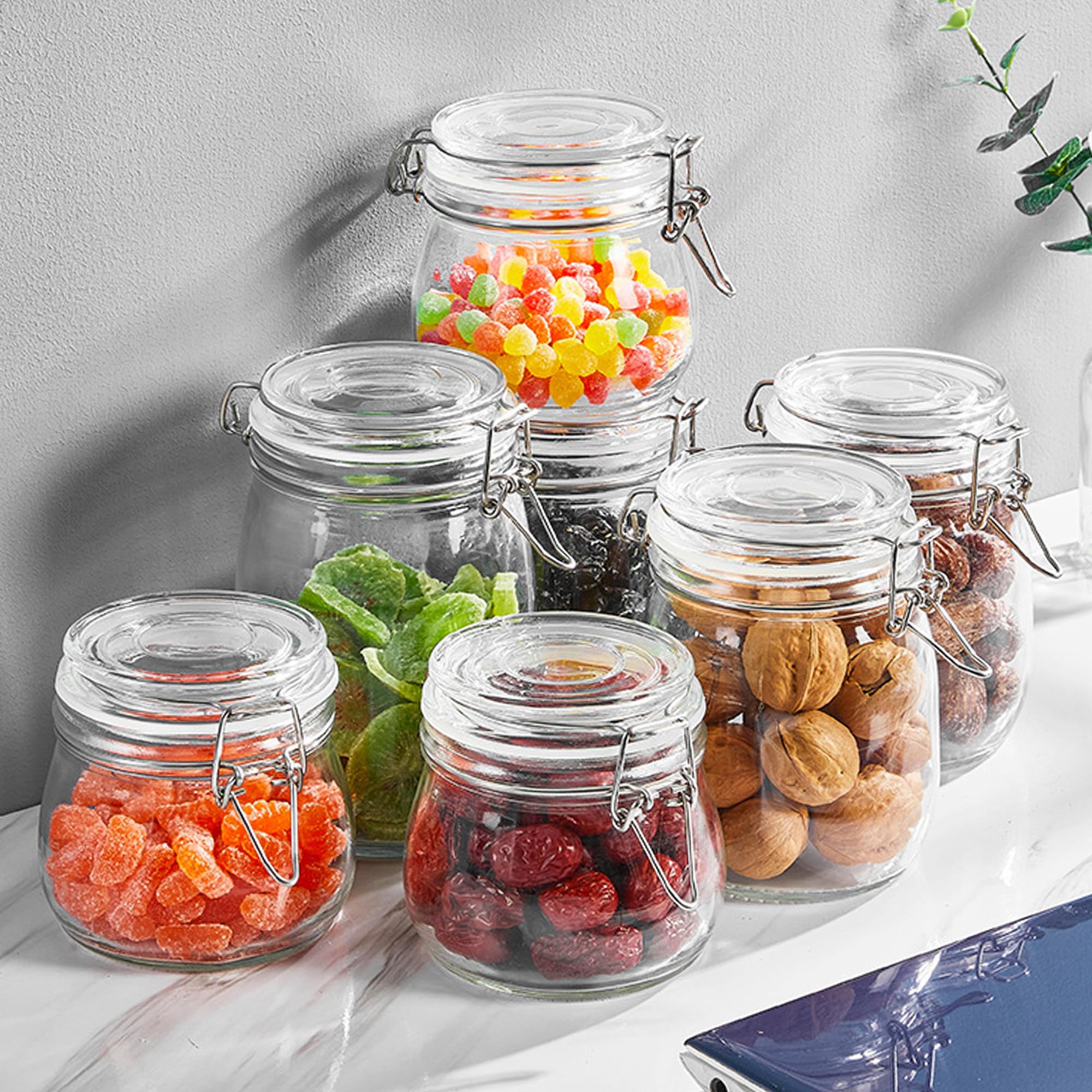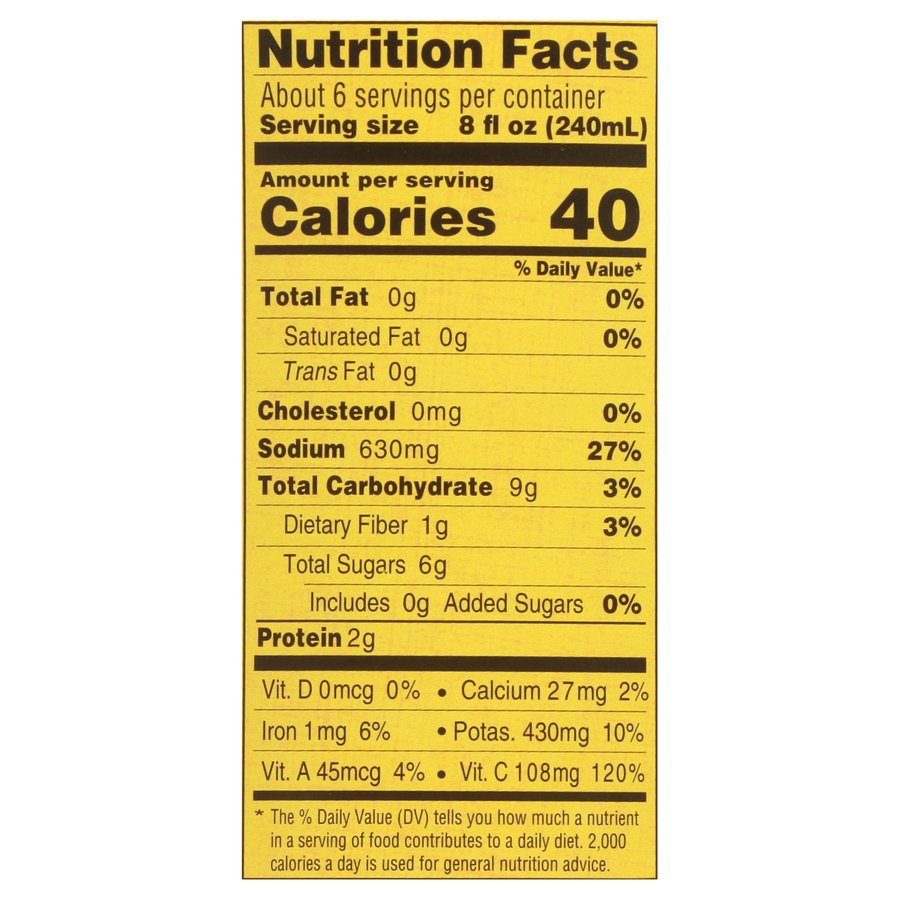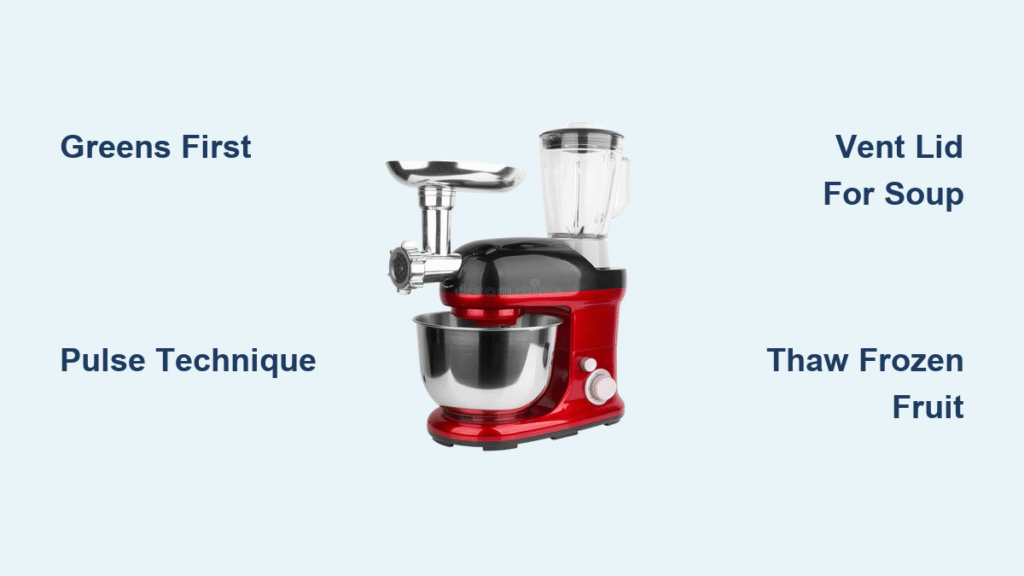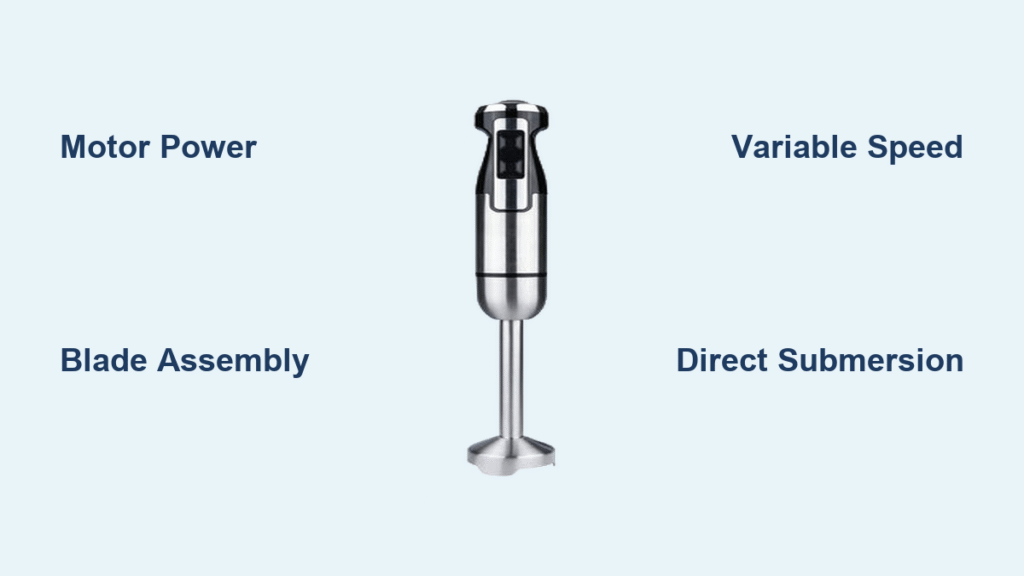That watery, metallic-tasting store-bought tomato juice? Toss it. Homemade blender tomato juice delivers explosive garden-fresh flavor in under five minutes—with zero preservatives and total control over sweetness. Unlike canned versions packed with high-fructose corn syrup and sodium, this method uses just ripe tomatoes, celery, and a pinch of pantry staples. You’ll skip the peeling and seeding hassle while getting brighter color and richer nutrients. Best part? No special equipment beyond your everyday blender.
When tomatoes hit peak ripeness, their natural sugars peak too—meaning you’ll need less added sweetener. And that slight tang? Perfectly balanced by celery’s herbal notes. I’ve tested this with beefsteak, Roma, and heirloom varieties, and every batch finishes smoother than store-bought versions that cost triple. Ready to never buy bottled juice again? Here’s exactly how to do it right.
Select Peak-Ripe Tomatoes for Maximum Sweetness
Identify Ready-to-Blend Tomatoes
Grab 1 pound of deeply colored, soft-but-firm tomatoes—beefsteak, Roma, or heirlooms all work. Press gently near the stem; if it yields slightly like a ripe avocado, it’s perfect. Skip rock-hard tomatoes (they lack sweetness) and avoid any with large bruises (they’ll taste fermented). Overripe tomatoes with slight wrinkles? Ideal—they blend sweeter and require less honey.
Why Celery Isn’t Optional
Chop exactly ⅓ cup of celery into ½-inch pieces. Its subtle herbal notes cut through tomato acidity without overpowering. Don’t substitute with celery salt—fresh celery adds moisture and texture that prevents watery juice. If you skip it, your juice will taste one-dimensionally tart.
Prep Tomatoes in 60 Seconds (No Peeling Needed)
Core and Rough-Chop Technique
Slice off the tough green core from each tomato, then quarter them. Leave skins and seeds intact—your blender’s blades will pulverize them into silky-smooth juice. Peeling wastes time and strips fiber-rich nutrients. For Roma tomatoes, cut lengthwise first to remove dense seed pockets if preferred, but it’s unnecessary for smooth results.
Layer Ingredients for Zero Chunk Failures
Add tomatoes to the blender first, followed by celery, 1 tsp honey, salt, pepper, and 1–2 drops Tabasco (if using). Tomatoes at the bottom ensure blades grip them immediately. Dumping celery first causes uneven blending—those stubborn strings won’t break down, leaving gritty bits in your glass.
Achieve Silky Texture in 30 Seconds Flat
Pulse-Low-High Blending Method
Start on low speed for 5 seconds to break down large chunks, then switch to high for 30–45 seconds. Stop when the mixture looks like frothy, uniform red liquid with no specks. Over-blending (beyond 45 seconds) incorporates too much air, making juice watery. Under-blending leaves tomato fragments—scrape sides with a spatula and pulse 5 more seconds if needed.
Fix Common Blending Mistakes
If juice seems pulpy: Blend 10 extra seconds. If too thin: Add 2 more tomato quarters and re-blend. If bland: Boost with a pinch more salt (it amplifies tomato flavor) or ½ tsp extra honey. Never add water—it dilutes freshness.
Serve Ice-Cold Without Dilution
Instant Chilling Hack
Pour juice into pre-chilled glasses straight from the freezer. For faster cooling, fill a metal shaker with ice, add juice, and shake 20 seconds—the metal conducts cold 3x faster than glass, chilling without watering down the flavor. Skip ice cubes in the glass; they melt and mute the vibrant taste.
When to Skip Immediate Serving
If you detect slight foam on top (from over-blending), let juice rest 2 minutes. The foam will sink, leaving a clearer pour. Never strain it—that removes fiber and nutrients.
Store Leftovers for 7-Day Freshness

Refrigeration Protocol
Transfer cooled juice to an airtight glass jar, filling within ½ inch of the top to minimize air exposure. Store on the coldest fridge shelf (not the door), where temperature stays most stable. Shake vigorously before each use—natural separation is normal. Properly stored, it stays vibrant for 5–7 days.
Freeze Portions for Bloody Marys
Pour juice into ice cube trays, leaving ¼-inch headspace. Once frozen, pop cubes into a zip-top bag. Thaw 3 cubes under cold water in 90 seconds for instant Bloody Mary mix. Never thaw at room temperature—it breeds bacteria.
Spot Spoilage Before It Ruins Your Glass
Sour Smell = Immediate Toss
Discard juice with vinegar-like or fermented odors—this signals yeast overgrowth. Safe juice smells bright and earthy. If it smells “off” but not sour, do the spoon test: take a tiny sip. If tangy turns sharp on your tongue, trash it.
Color and Texture Red Flags
Toss juice if:
– It turns brownish or muddy (fresh is vibrant red)
– Surface develops white or green fuzzy spots (mold penetrates deep)
– Consistency thickens like tomato paste (indicates bacterial growth)
Customize Flavors in 60 Seconds

Sweetener Swaps Under 5g Sugar
Replace honey with 1 pitted Medjool date (blends smoother) or ¼ tsp Stevia for keto-friendly juice. Maple syrup adds caramel notes but increases sugar—use half the amount. Never use granulated sugar; it won’t dissolve fully.
Herb and Veggie Boosters
Add to blender with tomatoes:
– 2 basil leaves for garden-fresh sips
– ¼ cup cucumber chunks for hydration (reduces tomato tang)
– 1 tbsp parsley for mineral-rich depth
Avoid strong herbs like rosemary—they dominate the delicate balance.
Why Store-Bought Can’t Compete

Zero Hidden Additives
Commercial juices hide high-fructose corn syrup, citric acid, and sodium benzoate. Yours contains only what you add—perfect for low-sodium diets or sugar-conscious sipping. Even with honey, total sugar stays below 5g per cup versus 10g+ in store brands.
Nutrient Preservation Secret
Freezing locks in lycopene and vitamin C—unlike canned juice exposed to heat during pasteurization. Studies confirm frozen homemade juice retains 95% of nutrients for 3 months. Canned versions lose up to 40% during processing.
Troubleshoot Bland or Bitter Juice
Fix Underripe Tomato Mistakes
If juice tastes sharp or watery, blend in 1 extra ripe tomato quarter and ¼ tsp honey. Underripe tomatoes lack natural sugars—this boosts sweetness without dilution. Never add sugar; it crystallizes.
Neutralize Bitterness Fast
Bitter notes mean overblended seeds. Next time, remove seed gels from Romas first. For current batches, add 2 drops lemon juice—its acidity masks bitterness. A pinch of baking soda (⅛ tsp) also neutralizes pH but use sparingly.
Final Sip: You’re literally five minutes away from tomato juice that tastes like sunshine in a glass—no peeling, no fancy gear, just your blender and ripe tomatoes. Double the batch, freeze cubes for Bloody Mary emergencies, and you’ll never settle for flat, sugary store versions again. The secret? Letting peak-season tomatoes shine exactly as nature intended. Grab that blender now—your tastebuds will thank you before lunch.





